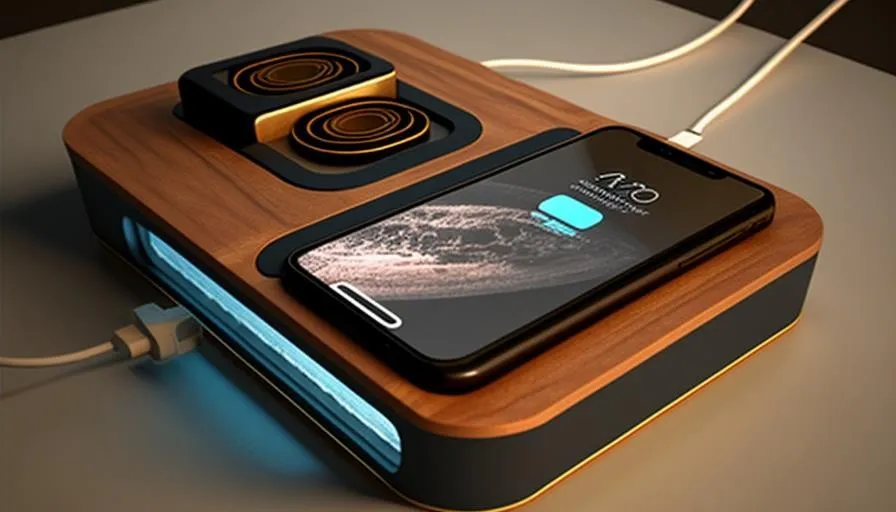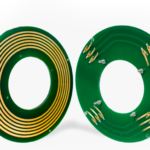Wireless phone charging stations have become increasingly popular in recent years, and it’s no surprise why. With the rise of smartphones and other portable devices, the need for convenient and efficient charging solutions has never been greater. Traditional charging methods, such as plugging in a USB cable or using a charging dock, can be cumbersome and limiting. Wireless charging eliminates the need for cables and provides a seamless charging experience. Discover more here about the future of wireless phone charging stations and how they are revolutionizing the way we charge our devices.
The Basics of Wireless Phone Charging:
Wireless phone charging, also known as inductive charging, allows devices to be recharged without physical connections.
It relies on electromagnetic fields to transfer energy from a charging station to a compatible device.
A charging station, typically a charging pad, generates an electromagnetic field using a coil.
The device being charged has a coil receiver that converts the electromagnetic energy into electrical energy to charge the battery.
The charging process begins automatically when the device is placed on the charging pad.
Wireless phone charging eliminates the need for cables and connectors, providing a more convenient charging experience.
The most widely adopted standard for wireless charging is the Qi standard.
Wireless charging is compatible with a growing number of smartphones, tablets, smartwatches, and other devices.
It is important to ensure device compatibility and check for the Qi symbol or wireless charging capabilities before using a wireless charging station.
While wireless charging is generally slower than traditional wired charging, advancements in technology are continually improving charging speeds.
Wireless charging pads are becoming more prevalent in public places, such as airports, coffee shops, and hotels.
The future of wireless phone charging holds promise for faster charging speeds, extended charging ranges, integration into various surfaces and objects, and improved compatibility standards.
The Current State of Wireless Phone Charging Stations:
Wireless phone charging stations are already widely available in many public places such as airports, coffee shops, restaurants, and hotels.
These charging stations typically consist of multiple charging pads or mats that can accommodate several devices at once.
Users can simply place their devices on the charging pads, and the charging process begins automatically.
Wireless phone charging stations primarily use the Qi standard, which is supported by many smartphone manufacturers.
Charging pads are designed to be compatible with a wide range of devices that support wireless charging, including smartphones, tablets, smartwatches, and earbuds.
Some wireless charging stations offer additional features like USB ports or built-in cables for devices that do not support wireless charging.
The number of wireless charging stations is increasing, providing more convenient options for users to charge their devices on the go.
Wireless charging stations in public places are often free to use, making them accessible and convenient for users.
These stations help address the issue of low battery anxiety by offering a convenient and accessible charging solution for users while they are out and about.
As wireless charging becomes more mainstream, more businesses and establishments are adopting wireless charging stations to cater to customer needs and enhance user experience.
The current state of wireless phone charging stations reflects the growing popularity and demand for wireless charging technology, providing users with a convenient and hassle-free way to charge their devices while on the move.
The Future of Wireless Phone Charging Stations:
Advancements in wireless charging technology are expected to lead to faster charging speeds, reducing the time required to charge devices wirelessly.
Longer charging ranges are being explored, allowing devices to be charged even when not in direct contact with the charging pad.
Integration of wireless charging technology into various surfaces and objects, such as countertops, tables, and furniture, will provide a seamless charging experience in everyday environments.
Continued development and adoption of universal wireless charging standards will improve compatibility across different devices and charging stations.
Research and innovation are focused on increasing charging efficiency, minimizing energy loss during the charging process.
Improved heat management systems will help address any concerns related to the heating of devices during wireless charging.
The integration of smart features and technologies, such as IoT connectivity and intelligent charging algorithms, will enhance the functionality and efficiency of wireless phone charging stations.
Wireless charging stations may incorporate biometric authentication or security features to provide a secure charging experience.
The proliferation of wireless charging stations in homes, offices, and public spaces will make wireless charging more accessible and convenient for users.
Increased investments and collaborations among technology companies and manufacturers will drive advancements in wireless charging technology, making it more reliable and widely available.
The future of wireless phone charging stations holds the potential for a seamless charging experience, enhanced compatibility, greater convenience, and integration into various aspects of our daily lives.
Overall, the future of wireless phone charging stations is promising, with ongoing developments and innovations aimed at making wireless charging faster, more efficient, and more widely available. As technology continues to evolve, wireless charging stations will play an increasingly important role in powering our devices, providing a convenient and hassle-free charging solution.
Conclusion
Wireless phone charging stations have already made a significant impact on the way we charge our devices. They offer convenience, eliminate the need for cables, and provide a seamless charging experience. However, the future of wireless phone charging stations holds even greater potential. With advancements in range, integration, standardization, and charging speed, wireless charging is set to become the norm in the coming years. As more and more devices incorporate wireless charging capabilities, we can look forward to a world where charging our devices is as effortless as setting them down on a surface.












